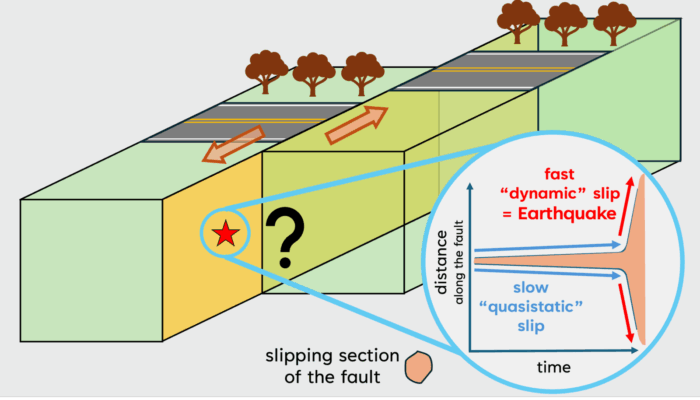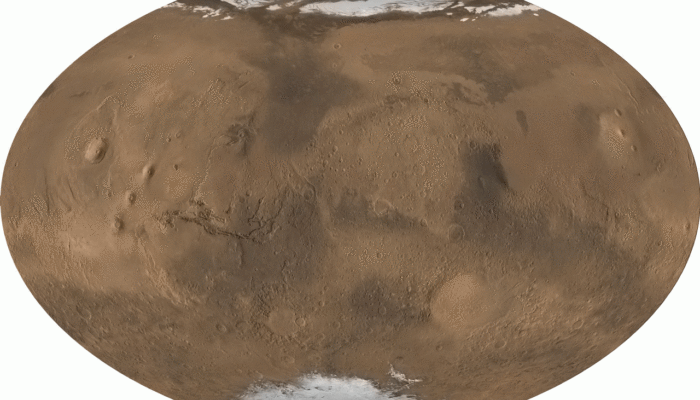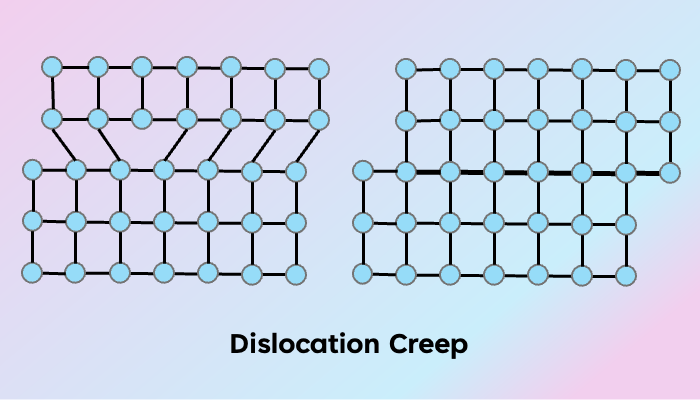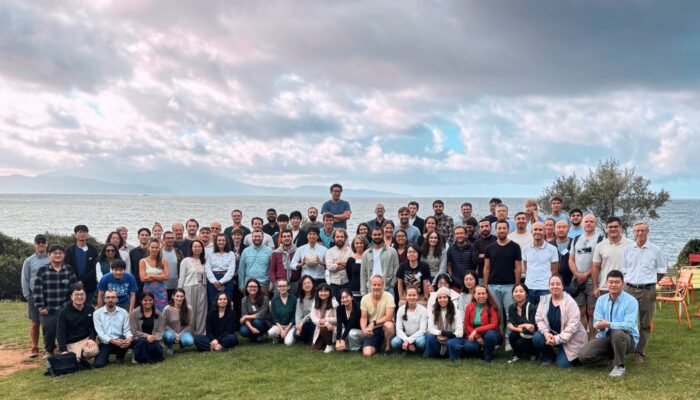Assume you are under stress. What do you do? Take a walk in the park, order your favorite takeout, have a breakdown, or internally slip along preferred slip systems and develop a fabric? The response will mostly depend on what kind of material you are, how much stress you are under, and what environmental conditions you are subjected to. For instance, someone might listen to classical music after ...[Read More]
Don’t Stop Me Now: A Fracture Mechanics Perspective on Earthquake Nucleation

How do earthquakes start? Earthquakes occur when a block of rock rapidly slides past another along an interface or a discontinuity in the medium and release energy in the form of seismic waves. Turns out, the surface of the earth is riddled with a lot of these discontinuities, which we call “faults”. If we plot the locations of earthquakes on a world map (Figure 1a), we will see that they highligh ...[Read More]
Going Around Mars

One of our closest neighbors in the universe, the red planet, has long intrigued geoscientists. Mars has been the destination for multiple spacecraft missions. Two rovers, Curiosity and Perseverance, are still exploring the planet as of 2025. This week, let us go on a short tour around Mars and show a little love to this fascinating planet. We will start our tour by looking at the global topograph ...[Read More]
4th Cargèse School on Earthquakes: Nucleation, Triggering, Rupture, and Relationships to Aseismic Processes
How do earthquakes nucleate? How do they arrest? Can we predict or control them? How do fault zone structure and rheology influence rupture? What do earthquakes in the lab tell us? How does fluid injection modulate seismicity? The Institut des Etudes Scientifiques de Cargèse (IESC) premise in Corsica, France was abuzz with discussions about these and many other related questions this October. The ...[Read More]


